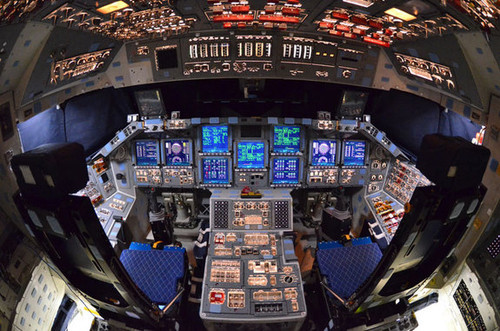Future Astronauts Will Steer Spacecrafts Using Their Thoughts

A group of researchers from the University of Essex in the U.K. are currently working on a brain-computer interface that will enable astronauts to control a shuttle with their thoughts only. The BCI which can control a spacecraft simulator has recently been tested at NASA’s Jet Propulsion Laboratory in Pasadena, Calif. An electrode cap was put on a human subject; then a computerized simulation was created and test subjects were tasked to steer a spaceship (represented by a large circle on the screen) around the sun (a white sphere that grew larger as the spaceship was guided closer) just by thinking about it. Eight gray dots were arranged in a circle around the screen, and the subject used these dots as reference points to steer the ship in a particular direction. When the subject concentrated on moving the spaceship toward one of the gray dots, several computers worked jointly to read the brain signals and display the spaceship’s movements in real time. In the course of the experiment it turned out better, when two people were connected to the BCI simultaneously: lapses in attention were less likely to influence the trajectory of the simulated flight. Riccardo Poli, leading the new BCI project, reports that “Brain interfaces could, in the near future, measure attention and vigilance, motivation, fatigue, cognitive load, and affective state.”
Via:technewsdaily.com
| Tweet |











